Projects
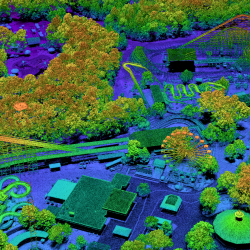
PHOENIX High CASTLE
We developed a ladar that samples at the diffraction limit to collect high-resolution imagery for geospatial mapping missions.
Tags
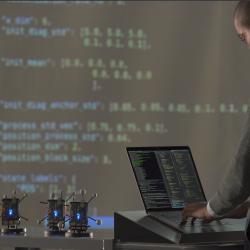
Low-Cost Localization Using Distributed Adaptable-Response Transponders
A deployable navigation network of small, low-cost radio transponders can help track the locations of first responders during rescue operations.
Tags
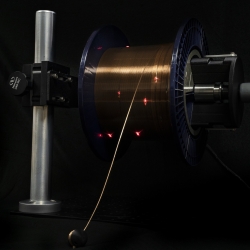
Fiber Sensor Array Buoy
A small, low-cost system that leverages long-length fibers embedded with electronics could provide persistent monitoring of the undersea environment.
Tags
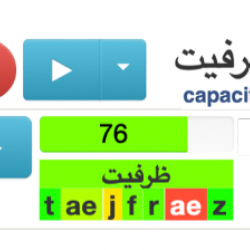
Automatic Pronunciation Feedback
Powered by our automatic speech recognition technology, the Networked Pronunciation Feedback (NetProF) software application helps students practice pronunciation in foreign languages.
Tags
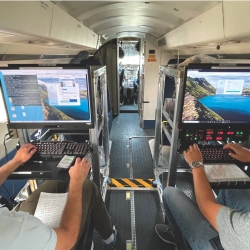
Airborne Radar Testbed
An aircraft outfitted with an advanced open-architecture radar system provides a platform for testing new radar technology.
Tags
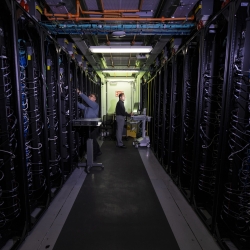
Green Instrumentation and Experimentation
We are innovating and accelerating solutions to address AI's carbon footprint and reduce data center energy usage.
Tags
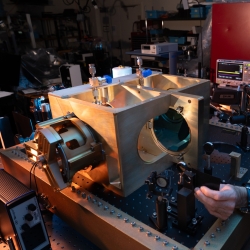
Methane Detection Study
We are investigating the use of novel imaging technologies for detecting and quantifying methane emissions in the atmosphere.
Tags
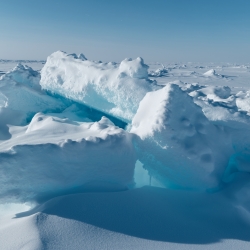
Arctic Climate Change Detection Network
We are developing a sensor network to improve our understanding and monitoring of sea ice breakup in the rapidly changing Arctic region.
Tags
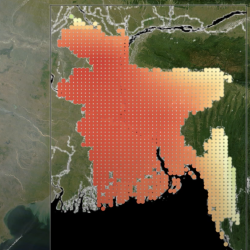
Climate Resilience Early Warning System Network
We are creating proactive, integrated decision -support tools and services that empower frontline communities to prepare for climate impacts and minimize losses.
Tags
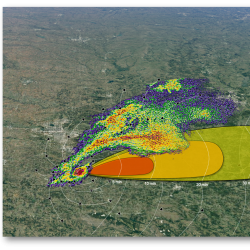
Intelligent Tornado Prediction Engine
We compiled a massive open-source dataset to develop deep learning models capable of detecting and predicting tornadoes.
Tags